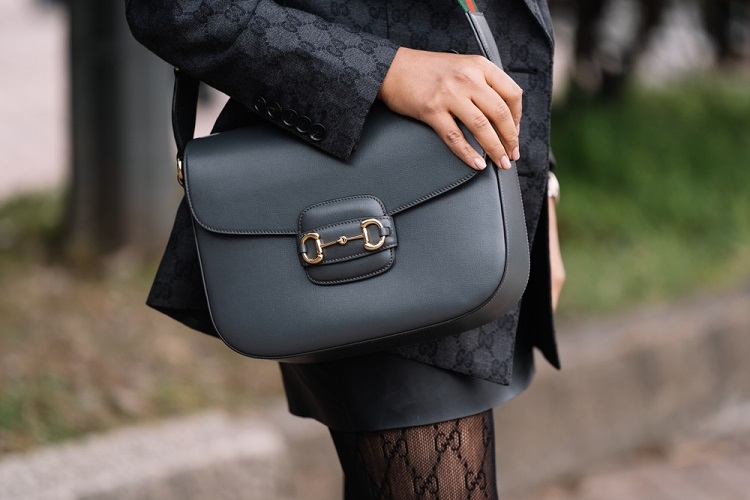In fashion, a designer handbag is not just an accessory; it’s a statement, a blend of style, functionality, and personal taste. Whether you’re a seasoned collector or a first-time buyer, choosing the perfect designer handbag can be an exhilarating yet daunting task. This guide aims to simplify the process, ensuring that your choice complements your style and serves as a wise investment.
Table of Contents
Understanding Your Style
The first step in selecting a designer handbag is understanding your style. Are you drawn to classic, timeless pieces or prefer trendy, avant-garde designs? Your handbag should reflect your aesthetic and seamlessly integrate with your wardrobe. Consider the colors you frequently wear and choose a bag that complements or thoughtfully contrasts with your palette.
Functionality Meets Fashion
Consider the functionality of the bag. What will you use it for? If you’re looking for an everyday bag, prioritize size, compartments, and durability. A smaller, more ornate bag might be more appropriate for evening events. Think about the daily essentials and ensure your bag can accommodate them comfortably.
Quality and Craftsmanship
When investing in a designer handbag, quality and craftsmanship are paramount. Examine the materials used; premium leather, high-grade vegan materials, and sturdy hardware are indicators of a well-made bag. Pay attention to the stitching, zippers, and linings – these details can tell you a lot about the bag’s longevity.
Brand Philosophy and Heritage
Each designer brand has its unique philosophy and heritage. Research the history and iconic styles of brands that interest you. Understanding a brand’s signature elements, like Chanel’s quilted leather or Hermes’ Birkin silhouette, can help you appreciate the craftsmanship and story behind your bag.
Size and Silhouette
The size and silhouette of the bag should align with your body type and personal needs. Large totes might overwhelm petite frames, while taller individuals can carry bigger bags without them looking disproportionate. Consider the silhouette – structured bags look more formal and are great for professional settings, while slouchy bags are more casual and relaxed.
Color and Patterns
While a black or neutral bag offers versatility, don’t avoid color or patterns if they resonate with your style. A brightly colored or uniquely patterned bag can become a statement piece in your wardrobe. However, consider the longevity of the color and pattern – some may be trendy but could quickly go out of style.
Budget and Resale Value
Set a realistic budget for your purchase. Designer handbags can be a significant investment, so consider the bag’s resale value, especially if you’re interested in limited editions or bags from highly sought-after designers. Some bags even appreciate over time.
Authenticity is Key
In a market flooded with counterfeits, ensuring the authenticity of your designer handbag is crucial. Purchase from reputable sources, whether directly from the brand’s store, an authorized retailer, or a trusted reseller. Look for authenticity cards, serial numbers, and quality packaging.
Maintenance and Care
Consider the maintenance and care required to keep your bag in pristine condition. Some materials may require regular conditioning, while others are more low-maintenance. Consider where you’ll store the bag when it’s not in use and whether you can invest in professional cleaning and repairs.
Making the Decision
Once you’ve considered all these factors, it’s time to decide. Remember, the perfect designer handbag brings you joy, suits your lifestyle, and stands the test of time in style and quality. Trust your instincts and choose a bag you truly love and will cherish for years.
Conclusion
In conclusion, selecting the perfect designer handbag is a personal journey that blends practicality with passion. You can make an informed and satisfying choice by considering your style, the bag’s functionality, quality, brand heritage, size, color, budget, authenticity, and maintenance needs. A well-chosen designer handbag is not just a fashion statement; it’s an extension of your individuality and a testament to your taste.










